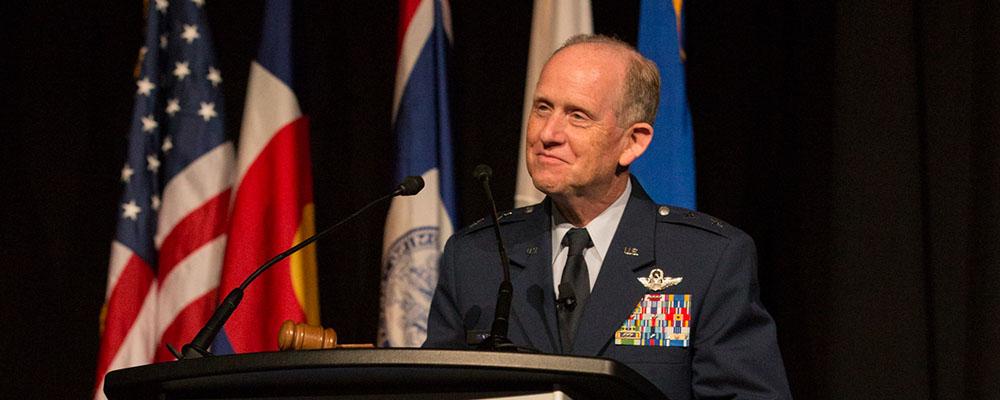
A NGAUS priority moving forward is concurrent and proportional fielding of all new equipment. This, like all of our priorities, comes from our members — men and women who serve in the National Guard and in the Army or Air Force when activated.
Today’s generation serves in a much more operational force than its predecessors. It’s a Total Force that deploys more often and one that will be needed for any future conflict or contingency.
Right now, Tennessee’s 2nd Squadron, 278th Armored Cavalry Regiment, is in Poland on the frontlines of the NATO effort to deter Russian aggression in Eastern Europe. For this important mission, it has the Army’s second-best tank.
Far too often, we are at the end of the line for equipment recapitalization and modernization.
Like most Army Guard armored elements, the squadron uses the M1A1 Abrams Integrated Management-Situational Awareness tank. It’s a formidable weapon in the hands of an outfit like the 278th, but it’s not the Army’s most advanced tank.
That distinction goes to the fully digital M1A2 Abrams System Enhancement Package version 2 (SEPv2), which is in the hands of every active-component tank unit.
For the last 18 months, Army Guard aviation battalions have used AH-64D Apache attack helicopters in Afghanistan. It’s another great weapon, but it’s not the Army’s most advanced attack helicopter.
That would be the AH-64E Apache, which the Army has been fielding to active-component units since 2013.
The Army Guard will get its first E-model in a couple of years, but only because Congress added six of them to the Army budget for the Guard last year.
Every day, the Air Guard uses C-130H Hercules cargo planes to transport personnel and equipment. It’s been a workhorse for years, but it’s not the Air Force’s most advanced intra-theater airlifter.
That would be the C-130J, and it’s the only model active-component airlift units fly.
The list goes on. The National Guard serves alongside the active components overseas, but far too often, we are at the end of the line for equipment recapitalization and modernization.
There are exceptions. Air Guard units are early in the fielding plans for the F-35 Joint Strike Fighter and KC-46A Pegasus tanker. Both aircraft are set to enter the force this year and future unit conversions appear to be balanced.
I hope this will become a trend and the normal approach to future modernization. I believe it needs to.
As discussed in our current National Defense Strategy, the post-Cold War world is changing fast. We must be prepared for great-power competition. The Army and Air Force are responding by modernizing some equipment and developing new systems to replace others.
For example, the Army is set to field the new SEPv3 tank soon. It will go to active-component units, which will cascade its SEPv2 tanks to those Guard units that today are operating with a largely analog tank.
The Army plan follows the historic logic of fielding the best equipment to those first to the fight. If we are blessed with predictability and scheduled units aren’t already engaged, active units probably will be the first, but — even in the rosiest scenario — Guard units won’t be far behind.
They too, will need the best equipment. Both in combat and in training, we must be interoperable with the active component to ensure the readiness and lethality required
to defeat a peer or near-peer competitor.
The Air Guard will be even faster to the fight.
We have entered a dangerous new era. Cascaded equipment is not the answer. The services need to field new weapons systems concurrently and proportionally across the components.
Not in a naïve — one for you, one for me — approach. Rather, we need a new mindset to ensure the entire Total Force is properly equipped to defend our nation. This is the position of our membership and NGAUS will be pushing this priority on Capitol Hill.
